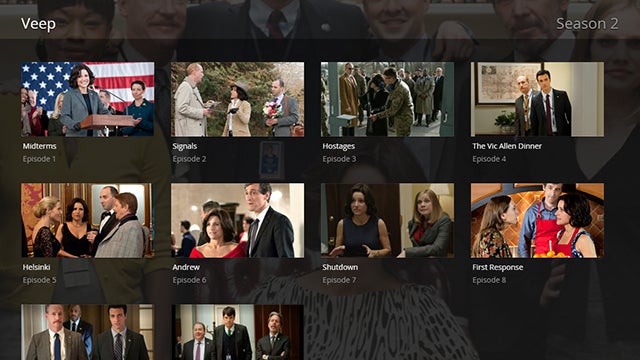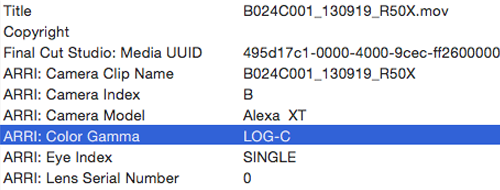
- #CREATE YOUR OWN FIELDS OF THE MEDIA META DATA. HOW TO#
- #CREATE YOUR OWN FIELDS OF THE MEDIA META DATA. INSTALL#
- #CREATE YOUR OWN FIELDS OF THE MEDIA META DATA. SOFTWARE#
- #CREATE YOUR OWN FIELDS OF THE MEDIA META DATA. PC#
- #CREATE YOUR OWN FIELDS OF THE MEDIA META DATA. PLUS#
#CREATE YOUR OWN FIELDS OF THE MEDIA META DATA. PC#
PC users: Right-click on the image, and select Properties.Open up the folder on your computer that contains the image or video file.Classify Sensitive Data to Support Data Management Policies. Create Reports from Data Classification Metadata. I have checked the custom module and settings but did not found anything. Enable Data Translation for Custom Fields.

Fortunately, it’s also easy to add metadata to your images. I need to create a new custom field Under pages- metadata for unloading an image.
#CREATE YOUR OWN FIELDS OF THE MEDIA META DATA. HOW TO#
How to add metadata to your image and video filesĪdding metadata is useful for business owners who want to protect their media, streamline their internal workflow, and boost their SEO.

Just like adding alt text for SEO, the more data you can give Google about your image, the better.
#CREATE YOUR OWN FIELDS OF THE MEDIA META DATA. SOFTWARE#
Every word processing software collects some standard metadata and enables you to add your own fields for each document. This metadata includes: subject, from, to, date and time sent, sending and receiving server names and IPs, format (plain text of HTLM), anti-spam software details. Speaking of keywords, metadata also helps search engines like Google understand your images better. Every email you send or receive has a number of metadata fields, many of which are hidden in the message header and not visible to you in your mail client. It offers you a way to protect your images, and your copyright, in case anyone ever tries to use them without your permission.įor businesses with large libraries of images, metadata also helps with digital asset management, as you can more easily search for images based on keywords in the metadata. Wherever that image or video goes, the metadata goes with it.Īs a copyright owner, this is especially valuable.
#CREATE YOUR OWN FIELDS OF THE MEDIA META DATA. PLUS#
If youre on a Plus plan, you can make adjustments to your typeform link by. Metadata provides key details about image and video files that makes it easier for people and software to organize and understand them. You can do so easily by editing its link settings and meta information. When people talk about adding metadata to an image or video, they’re talking about IPTC data. It’s where you can add contextual information, like the company who produced the image or video. You can edit fields for various image metadata standards.IPTC data can be entered by you, the creator of the file. You just need to open an image file in DigiKam and click on the “Edit Metadata” option, as shown in the screenshot below. One of its features allows you to view and edit image metadata. It comes with hundreds of options to customize almost every aspect of your photo library and is specially tailored for photography enthusiasts. DigiKamĭigiKam is a photo management suite included in the KDE application suite. In CatDV set the Write Metadata To File field to say yes for an asset and publish changes to the CatDV Server (ctrl/cmd-s). This file works on all major Linux distributions, you just have to mark it executable from the file manager. You can download the AppImage file for jExifToolGUI from here. jExifToolGUI can be specifically useful for users who find ExifTool’s numerous command line options complex and overwhelming. If a pool already exists with this name, no action will be. It supports all major features available in the ExifTool utility. Add a new custom metadata field to be indexed for the account. If you have set up your own custom variables, a field for each of those will also appear in this form.

It is based on the ExifTool utility mentioned above and is developed in the Java programming language. Tags will help users when searching for a video. JExifToolGUI is an open source application that allows you to view and edit tags from a nice GUI frontend.

#CREATE YOUR OWN FIELDS OF THE MEDIA META DATA. INSTALL#
To install ExifTool in Ubuntu, execute the following command:Ī web version of this man page can be accessed from here. It also provides an option to safely backup the original file and can instead edit metadata of a copy file. You can edit existing tags as well as add your own new fields as long as they are valid tags as per Exif standards. ExifToolĮxifTool is a command line metadata viewer and editor that can handle tags for a variety of media formats including images. Exif is one of the most widely used standards and works cross-platform as many metadata editing applications on both mobile and desktop operating systems support this standard. This article will mostly focus on applications providing support for “Exif” metadata standard (other standards are XMP and IPTC). Note that metadata editors may support different standards to maintain tags for images. This article will cover a list of such useful tag editors that help you better organize your collection of images. Image metadata and tag editors provide useful ways to attach information to image files, making it easier to sort, filter, and search photos stored on your hard drive.


 0 kommentar(er)
0 kommentar(er)
